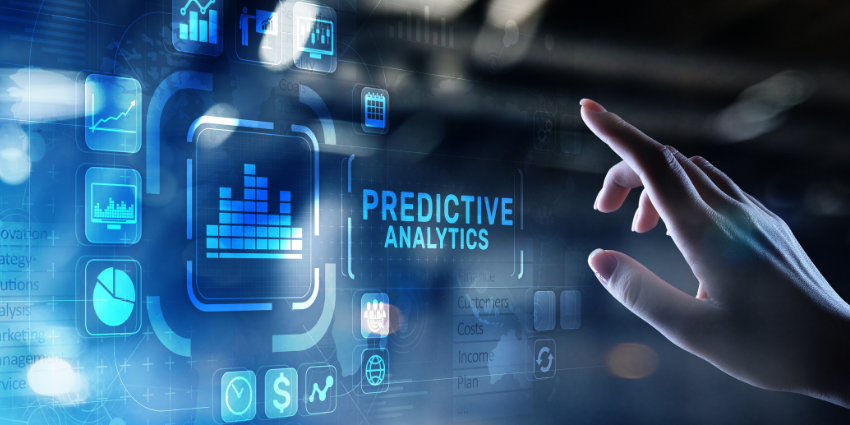Predictive analytics is among the most promising of data insight generation technologies. From $7.2 billion in 2020, the global predictive analytics market is poised to cross $21.5 billion by 2025, at a growth rate of 24.5%. That’s significantly higher than most technology categories, signalling genuine interest and investment in predictive analytics amid a dynamic and often unpredictable market environment.
So, what is predictive analytics and how does it work? What are its specific applications for CX? Here’s what you need to know.
What is Predictive Analytics?
You can define predictive analytics as a statistical model-driven data processing system that analyses historical data to anticipate future events.
Essentially, it looks at the patterns in which events have taken place in the past and gives you a probability analysis of what is expected to happen next. Predictive analysis technology relies on advanced statistical models, large-sized data inputs in order to map meaningful trends, and data visualisation techniques to present the analysis results in a human-readable format.
Why is Predictive Analytics So Important for Customer Experience?
There are two reasons why organisations must embrace predictive analytics in their customer service and CX functions.
First, customer expectations and demand are non-iterative in nature. In most cases, expectations and demand are influenced by a variety of factors from pricing to seasonal changes. Predictive analytics helps organisations to (more or less) accurately estimate what a customer might need, without having an expert manually investigate a customer’s profile and purchase history every single time.
Second, traditional investigation methods – for example, customer surveys – cannot always find the root cause of CX issues. McKinsey found that just 16% of CX leaders are able to use surveys to address the root causes of performance errors. Predictive analytics can study past data and provide actionable recommendations on how to improve performance.
How Does Predictive Analytics Work in a Contact Centre?
There are two kinds of predictive analytics solutions you can use in a contact centre.
- You use a dedicated predictive analytics platform like the IBM SPSS Modeler or SAS Advanced Analytics, configuring it to meet the needs of your business. This approach requires significant collaboration with the vendor and substantial data science efforts and expertise from your end, although it might provide cutting-edge outcomes
- You could also use a contact centre solution with a predictive analysis module. For example, Five9 and VoiceBase both have predictive analytics features, using the data generated by the other modules of the solution to give you insights specific to your contact centre
Either way, the algorithm is black-boxed inside a configurable feature, where you can set parameters such as the time period of analysis, exceptions if any, etc. Data connectors integrate the algorithm with a contact centre data source, like a customer’s online behaviour or telephonic conversations. Once the algorithm has performed the analysis, the results are displayed on a dashboard to be studied and actioned by the contact centre manager or a CX stakeholder.







